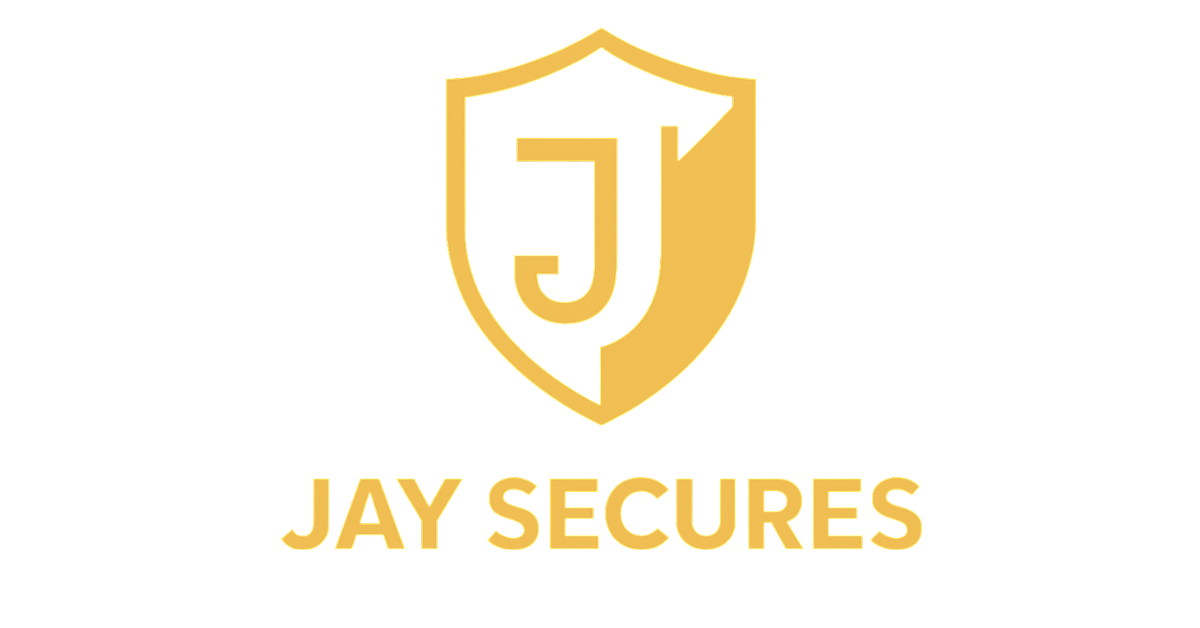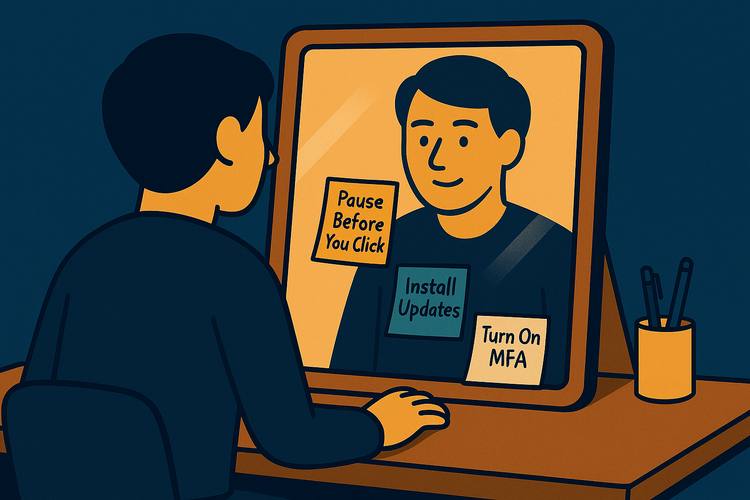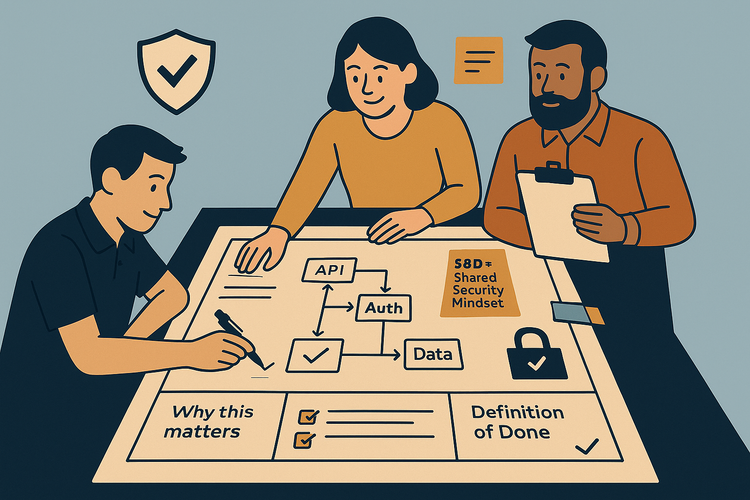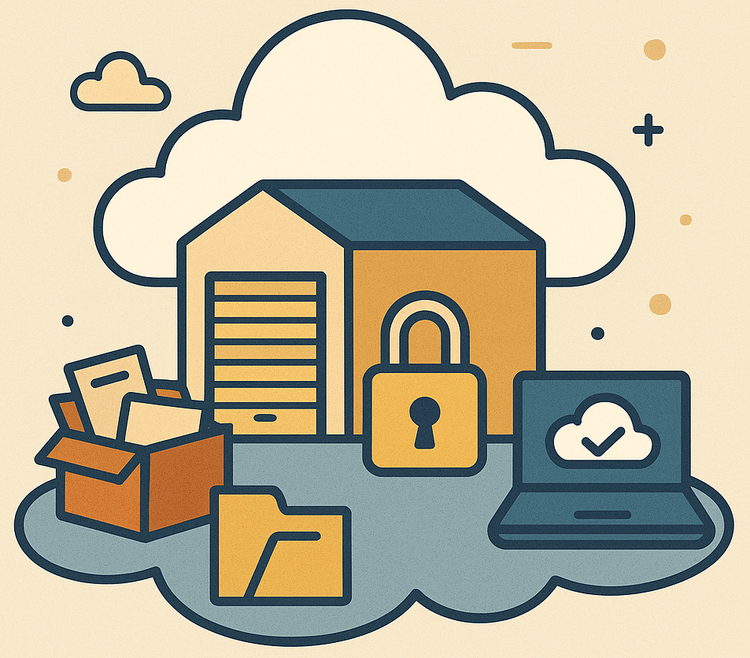Security is Not an Add-On Feature

In a digital-first world where breaches make headlines and trust is currency, security can no longer be treated as a feature added after the fact. It must be designed in from day one — embedded into the way organizations think, operate, and deliver value.
This article explores why security must be woven into the fabric of your organization and how it can be effectively incorporated into your people, processes, and technology.
Security Begins with People
The first line of defense in any organization is its people. Human behavior often plays a pivotal role in both strengthening and weakening security posture.
To effectively manage security, businesses must cultivate a culture of awareness and accountability. This starts with well-structured training programs to educate employees about modern threats and responsible behavior — from recognizing phishing attempts to maintaining secure credentials and handling data appropriately.
More importantly, security must become part of the organizational ethos. When people feel responsible, empowered, and informed, they're far more likely to uphold good security hygiene and escalate issues appropriately.
Integrating Security into Operations
Security should be a core component of a company’s operations — not merely a checkbox to be ticked. This means developing and embedding secure practices into every phase of the business lifecycle.
Conducting comprehensive risk assessments, maintaining well-documented security protocols, and performing regular audits help ensure resilience against evolving threats. Standards like ISO 27001 alongside frameworks such as NIST CSF, offer structured pathways to align operations with best practices while maintaining customer trust.
Security must be proactive, not reactive — integrated from the start, measured continuously, and adapted as the business evolves.
Technology as a Security Enabler
Technology plays a crucial role in strengthening and scaling security, but it should never be treated as the silver bullet. Instead, it must align with and support the organization’s broader security goals.
From firewalls and intrusion detection systems to encryption and advanced monitoring tools, well-selected technologies enable fast threat detection and response. When paired with clearly defined policies and trained users, tech becomes a powerful enabler of both efficiency and protection.
Ultimately, the best security technologies are those that are seamlessly integrated into workflows — enhancing, not hindering, day-to-day operations.
Cultivating a Security Culture
Creating a security-aware culture isn’t a one-time initiative — it’s an ongoing commitment. By embedding security into the core of the business through people, processes, and technology, organizations can build a defense that evolves with the threat landscape.
Recognizing security as a strategic pillar — not just an IT concern — allows businesses to foster trust, agility, and resilience. As leaders and teams alike embrace a security-first mindset, organizations are better positioned to protect what matters most.
Want to share your thoughts? Join the conversation over on LinkedIn – I’m keen to hear how others are building security into their foundations.





